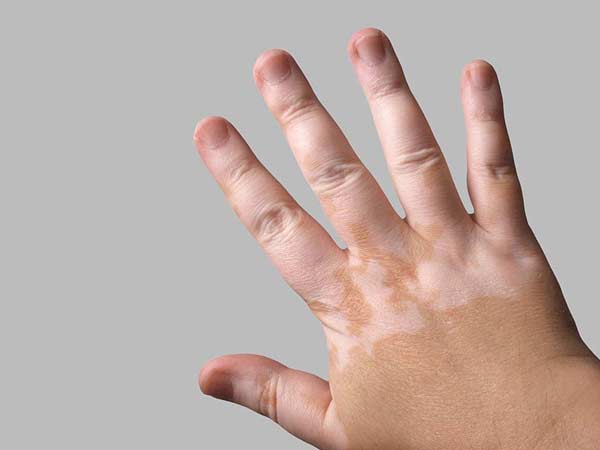At Bansal Skin & Smile Clinic, we remove all type of wart & skin tag.
Warts are considered unsightly in virtually all cultures. Misconceptions about warts abound, but the facts concerning warts are relatively simple.
- Warts are caused by HPV or the Human Papilloma Virus.
- More than 70 types of the HP virus have been identified.
- 8-10 percent of the population have warts
- Women are more likely to have warts than men.
- Children are more likely to have warts than adults
- The most common are; common, plantar, flat, genital, cervical and laryngeal.
- Warts are contagious.
- There has been a dramatic rise in the incidents of genital warts
- Mothers can give their newborn children genital warts in the birth canal.
- Only humans have HPV. Animals carry other types of virus.
- The incubation period for the wart virus can be from 2 weeks to several months making it difficult to determine where it came from.
- The more warts a person has the more infectious they become,
- Warts can be successfully removed.
- Genital warts can be prevented.
Common warts are clusters of effected cells. Most are round and raise above the skins surface. Once a person has contacted warts, generally more are introduced to other sites on the body accidentally or unconsciously by scratching or abraising the wart then introducing it to another site on the body. This process is called ‘autoinoculation’. Common warts posses little potential for health problems unless they bleed, change color or shape. Most are removed for cosmetic purposes or because location on the body cause irritation due to rubbing on clothing, etc.

Plantar warts are confined to bottoms of the feet. They are generally flat due to being pushed upward into the foot by the body’s weight. They are frequently very painful. Plantar warts are very contagious due to the cells being sloughed off at a rate higher than any other wart and the virus remains stable in a favorable environment such as; a warm, wet gym shower floor. Many athletes contact plantar warts in a similar fashion as they contact athletes foot ( a fungal disorder) Plantar warts are often confused with bunions. Diabetic patients have a high incidence of plantar warts and athletes have the highest incidence.
Genital warts are confined to the genital area; vagina, anus, penis and scrotum. They are growths or bumps of the skin. They may be raised or flat, single or multiple, small or large, They might be clumped together forming a cauliflower-like shape. Occasionally they are virtually invisible to the naked eye. The HPV virus can also live on the surface of the skin without causing a wart. This is known as a ‘subclinical’ HPV infection.
HPV and genital warts are usually spread by skin-to-skin contact during vaginal, anal or oral sex with someone with the virus. Warts on the hands, etc that contact pubic areas DO NOT spread the genital virus.
Warts appear from several weeks to several months after contact. The long incubation period makes it difficult to know when and from whom you get the virus.
It may be difficult to know that you have the warts if they are inside the vagina, on the cervix or in the anus. Rarely do they cause itching or bleeding. An abnormal pap smear might be the first warning that genital warts are present. It is prudent to see your health care provider if;
- You notice any unusual growths, bumps or changes to the skin in or around the genital area.
- You notice any unusual pain, itching or bleeding; or
- Your sex partner(s) tells you that he or she has genital warts

Skin tag:
A small tag of skin that may have a stalk (a peduncle). Skin tags may appear on the skin almost anywhere although the favorite locales are the eyelids, neck, armpits (axillae), upper chest, and groin. Skin tags are almost always benign Skin tags are predisposed by heredity. That is, if a persons parents have skin tags, there is a high likelihood that the children will also have skin tags. Women are more likely to have skin tags then men. Skin tags, generally appear during middle age.
Although newly born children occasionally will have skin tags. Excess weight is thought to be a factor in the development of skin tags Medically, a skin tag can be termed an acrochordon or a cutaneous papilloma. But it is far better known as a skin tag.









